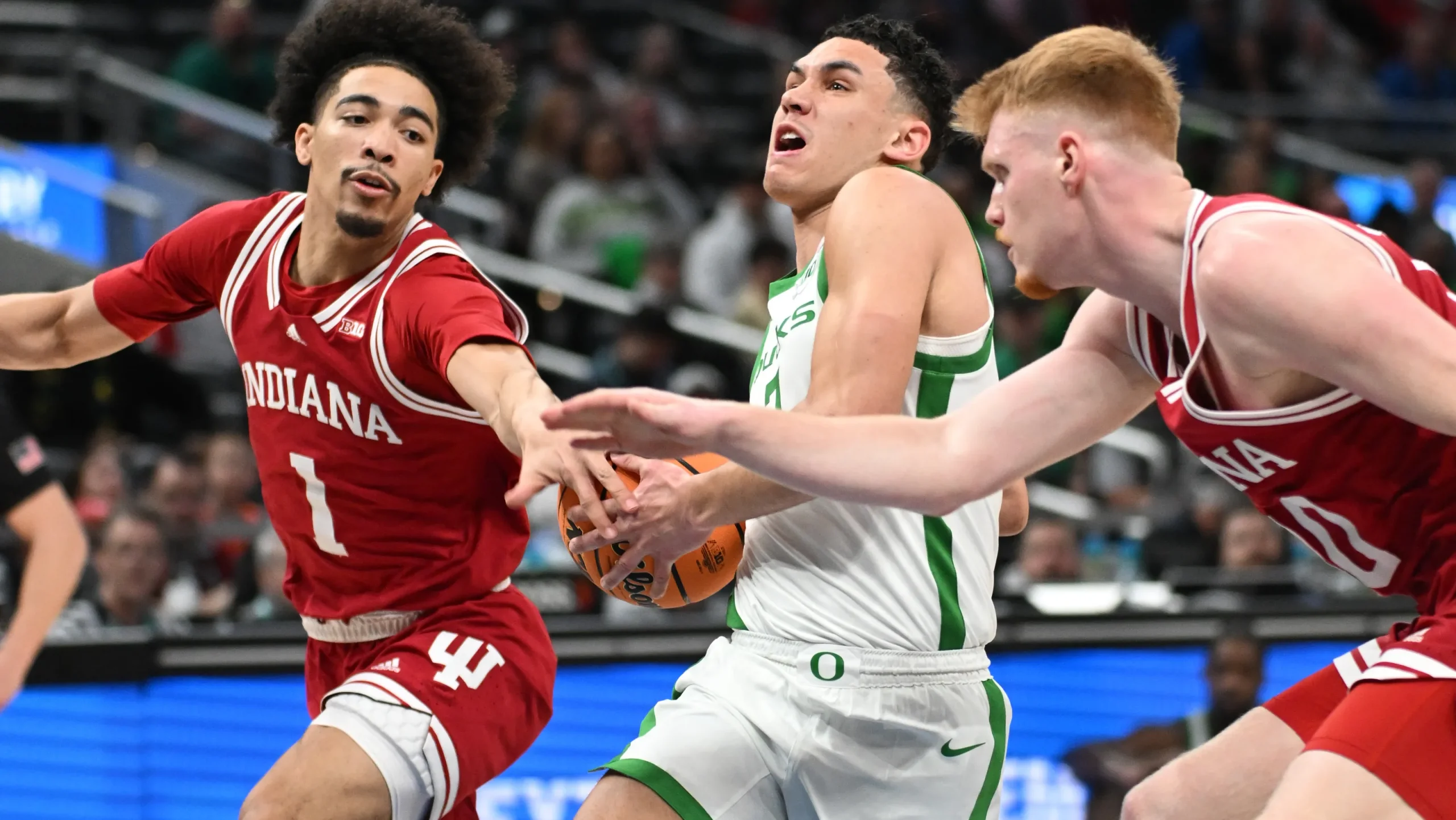College basketball is a game of runs, rhythm, and emotion. While strategy and talent often dominate the conversation, one of the most unpredictable and powerful forces in the sport is momentum. A sudden surge by a team, a game-changing dunk, or even a charged-up crowd can turn the tide of a contest in a matter of minutes.
Understanding how momentum shifts influence college basketball games not only enhances appreciation for the sport but also highlights the emotional volatility that makes each game so compelling.
The Emotional Rollercoaster of the Game
Momentum in college basketball isn’t just a buzzword—it’s a tangible shift in the emotional and psychological landscape of the game. When a team goes on a scoring run, especially in front of a home crowd, the energy on the court can dramatically change. Players feed off each other’s excitement, and that energy can lead to sharper ball movement, more aggressive defense, and elevated confidence in shot-making.
On the flip side, the team on the receiving end of a momentum shift often finds itself pressing, making uncharacteristic mistakes, or losing composure. Coaches may call timeouts to try to interrupt the surge, but some momentum swings are so powerful that they override even the best game plans.
Key Triggers That Spark Momentum Swings
Several factors commonly trigger momentum shifts in college basketball. One of the most obvious is a highlight-reel play—like a powerful block, a fast-break dunk, or a clutch three-pointer. These moments electrify not just the players but the entire building, creating an atmosphere where one team feels nearly unstoppable.
Defense is another underrated momentum generator. A few key steals, forced turnovers, or successful full-court presses can snowball quickly. What starts as one stop turns into a string of them, and suddenly, a five-point deficit flips into a seven-point lead.
Crowd involvement also cannot be overstated, especially in the college environment where student sections bring relentless energy. A home crowd erupting after a big play can rattle opposing players, leading to rushed decisions or missed opportunities.
How These Swings Can Influence Outcomes
Momentum doesn’t guarantee victory, but it certainly plays a critical role in shaping how games unfold. Teams that effectively ride a wave of momentum often find themselves dictating the pace and style of the game. They become more comfortable, take smarter shots, and play with a looseness that promotes creativity.
Conversely, teams that fail to counter momentum surges often struggle to recover. Even if they regroup, the psychological toll of watching a lead vanish—or falling into a sudden deficit—can linger throughout the remainder of the game. Coaches often preach resilience and composure, but not all teams respond the same way when momentum turns against them.
Understanding how momentum shifts can alter the course of a game can be especially insightful for those analyzing game trends and performance patterns. For those looking into college basketball best bets today, being aware of how teams handle momentum—whether they thrive under pressure or collapse—adds an extra layer of strategic thinking.
Coaching Adjustments and Player Leadership
One of the most fascinating elements of college basketball is how coaches and team leaders respond to momentum changes. The best coaches don’t just rely on timeouts; they make tactical changes to stop the bleeding—switching defenses, adjusting matchups, or inserting fresh legs to break the opposing team’s rhythm.
Just as importantly, leadership on the court plays a pivotal role. Veteran players or emotionally mature leaders can calm their teammates, refocus the group, and restore a sense of control. Sometimes, a single possession—taking a charge, securing a tough rebound, or making a smart pass—can start to swing the energy back in the other direction.
Great teams are often the ones that recognize these moments early and react with discipline and poise. They don’t allow momentum to completely dictate the game but instead use it to their advantage while weathering its challenges when it turns.
Conclusion: The Hidden Force Behind the Action
Momentum is the invisible player on the court, shaping outcomes as much as any star athlete or tactical decision. It brings the drama, the unexpected twists, and the heart-pounding moments that define college basketball. While it may not appear on the stat sheet, its impact is undeniable. Whether you’re a player, coach, or fan, recognizing and responding to momentum can make all the difference in how a game is played—and ultimately, how it’s remembered.

Dilawar Mughal is an accomplished author with a passion for storytelling. His works span various genres, from thrilling mysteries to heartfelt romance novels. With a keen eye for detail and a knack for character development, Sana Fatima weaves engaging narratives that captivate readers and transport them to new worlds.










